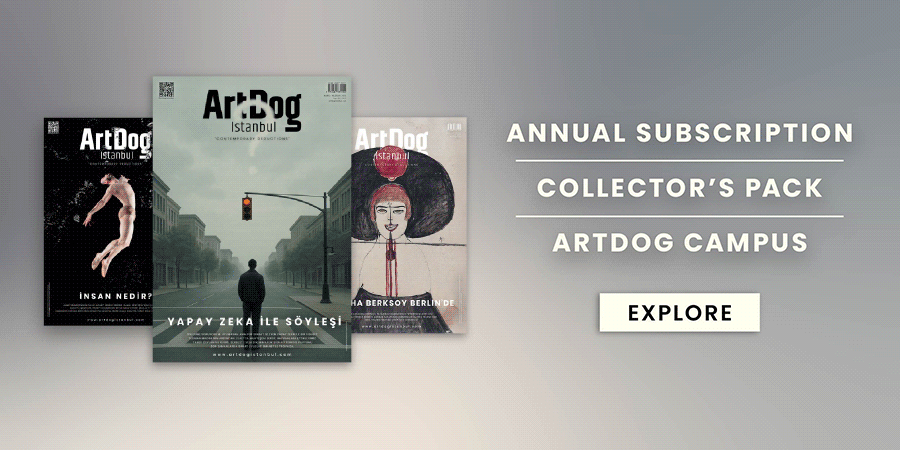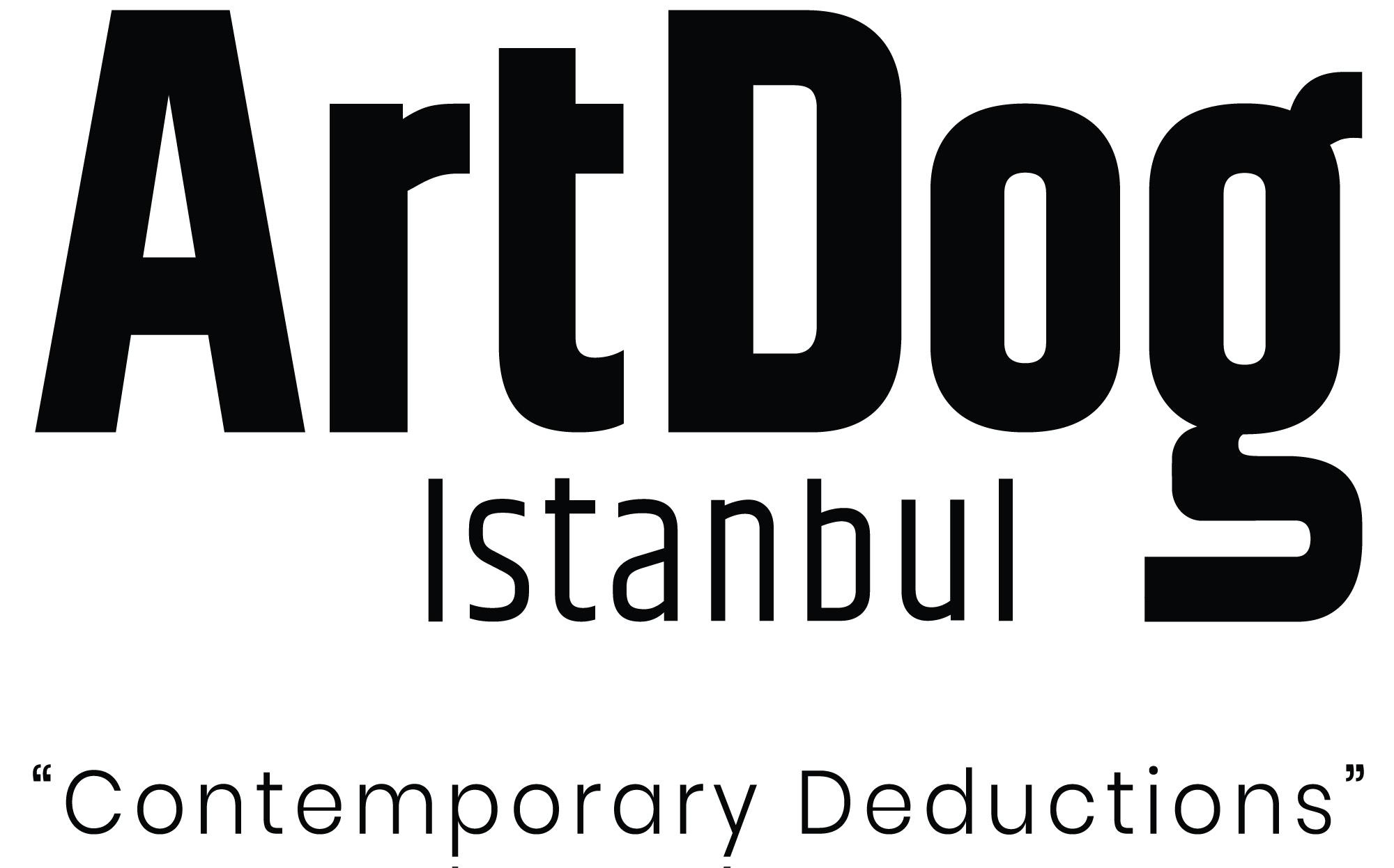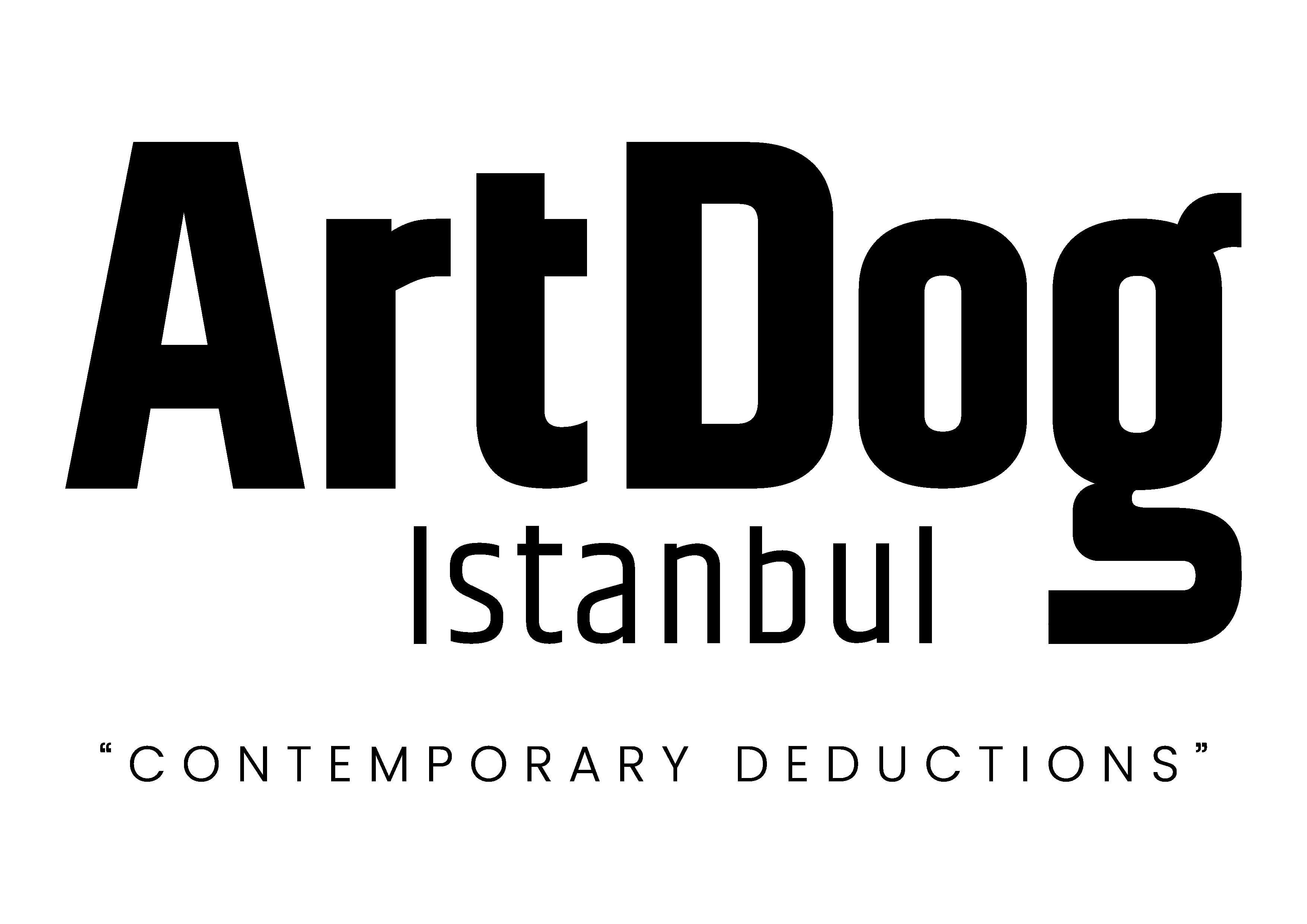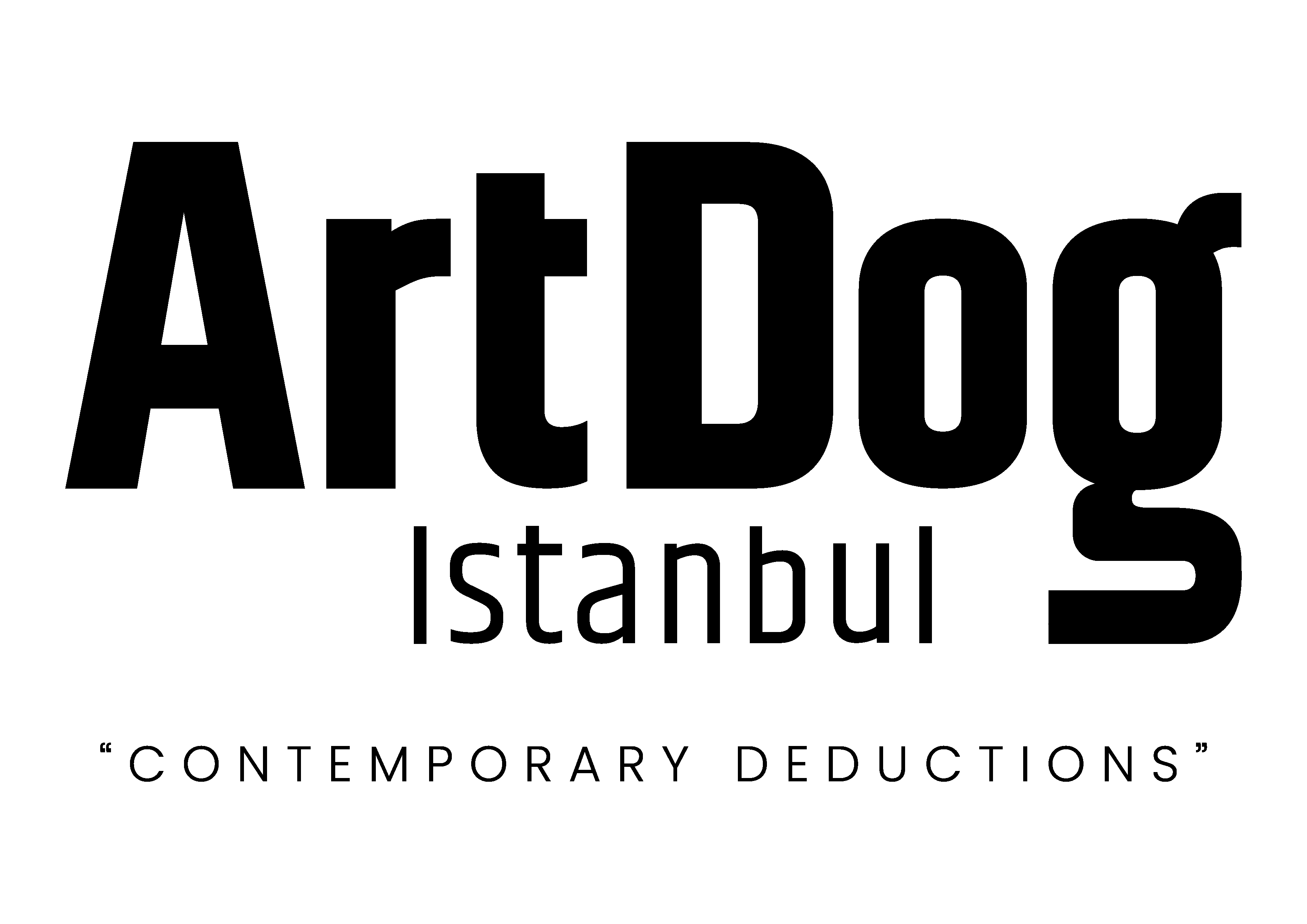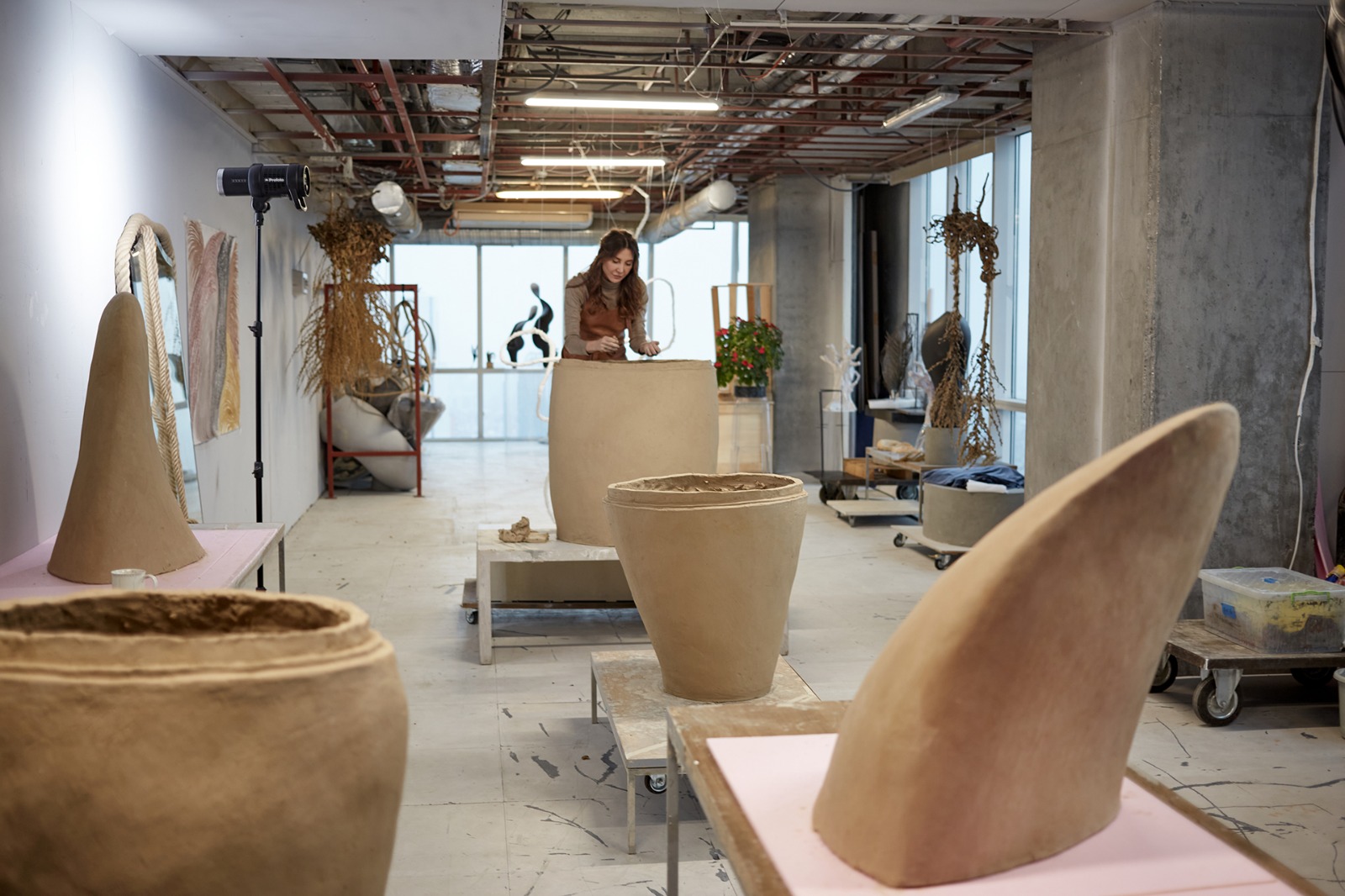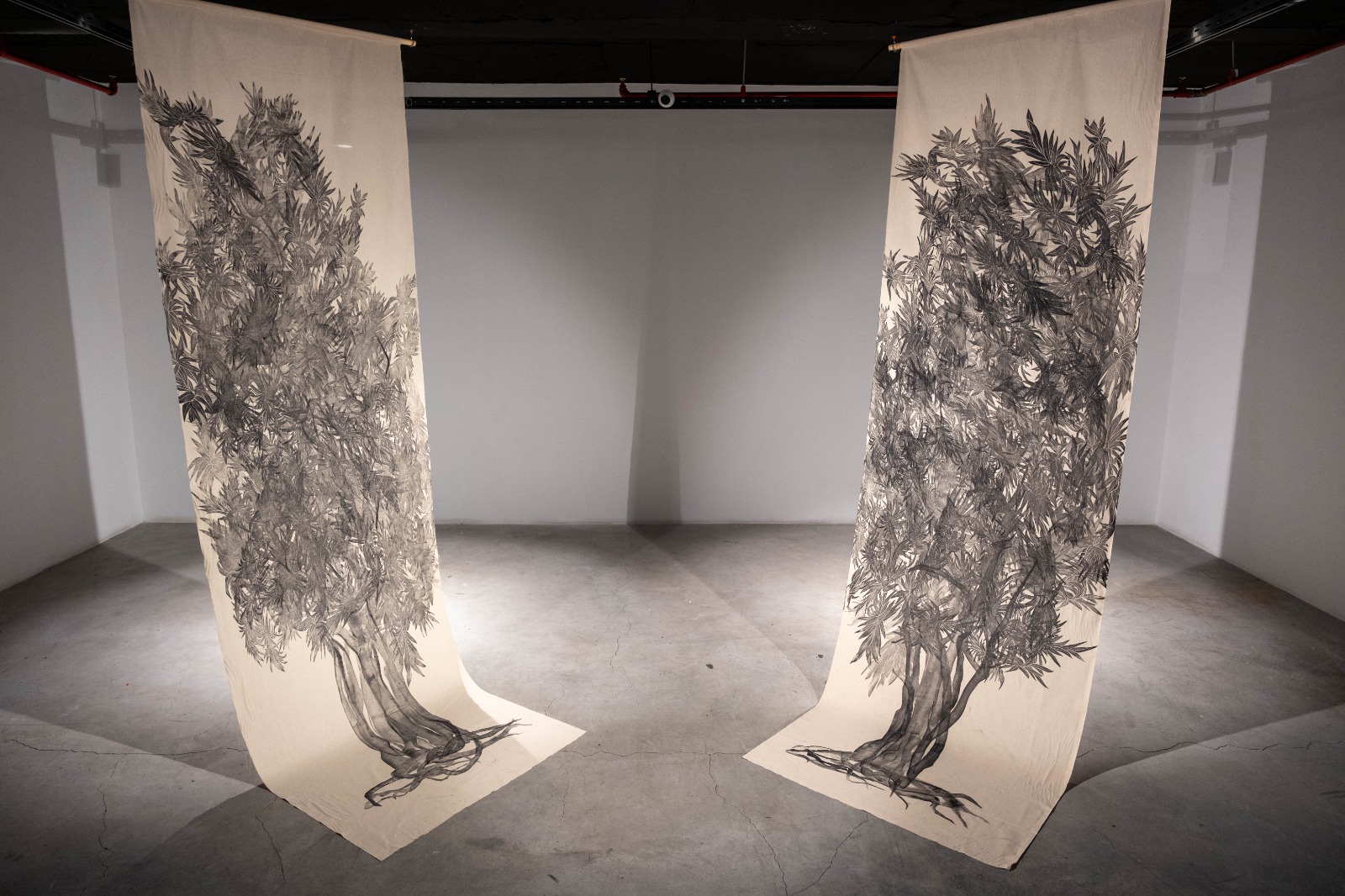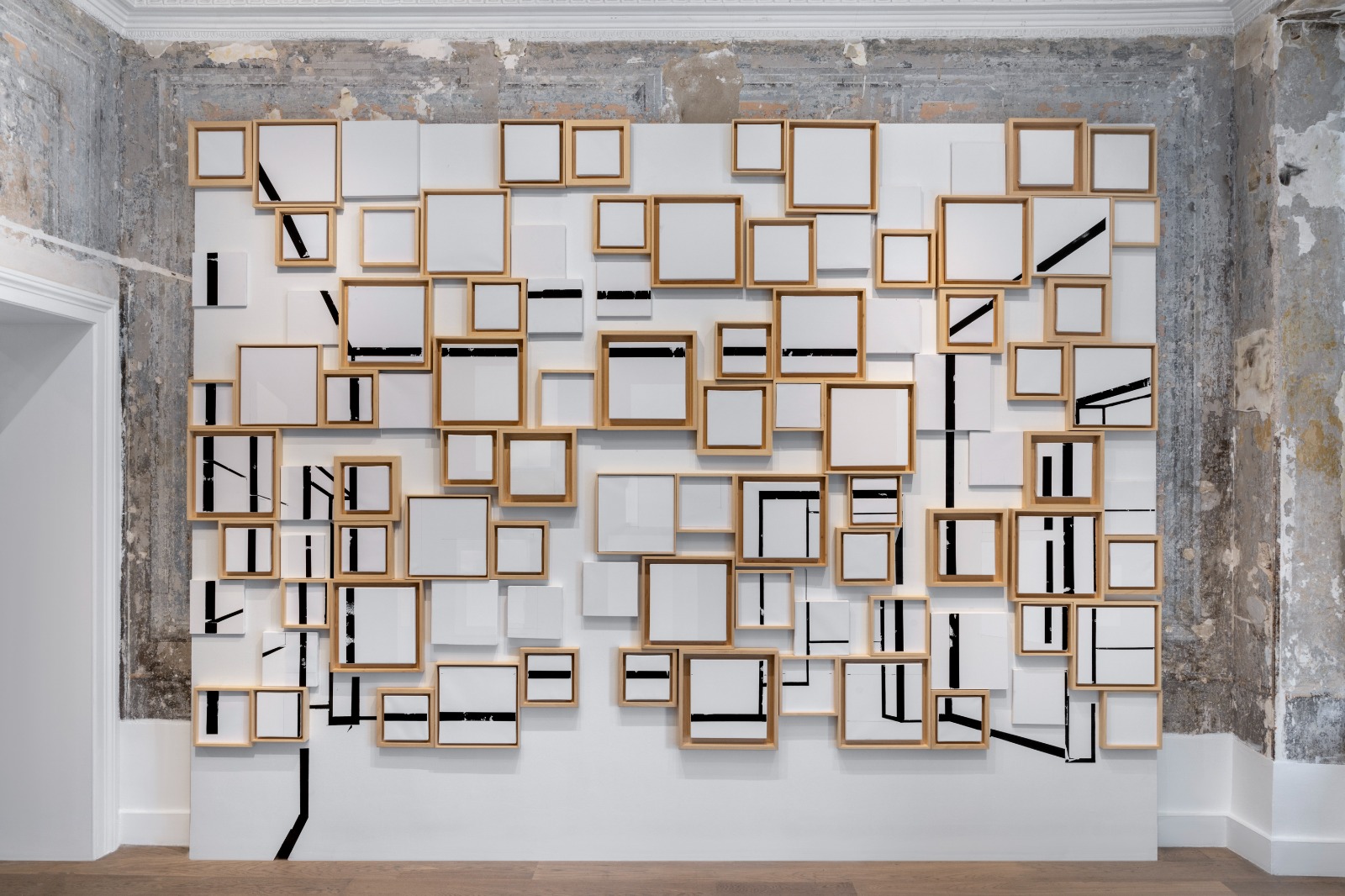The Troy Museum, located near the legendary ruins of Troy, presents Emanet/Troy, the latest iteration of Vuslat’s ongoing Emanet series, from May 25 to July 25, 2025. Curated by Paolo Colombo, the exhibition deepens the artist’s exploration of Emanet, a concept that embodies trust, care, preservation, and responsibility—what is entrusted to us and what we, in turn, become custodians of. Following institutional exhibitions at Baksı Museum (2023) and MSGSU Tophane-i Amire (2024), Emanet/Troy places this inquiry in direct dialogue with one of history’s most significant archaeological sites.
The project was made possible through the invitation of Prof. Rüstem Aslan, Director of the Archaeological Excavations of Troy, and Rıdvan Gölcük, Director of the Troy Museum, whose collaboration has grounded the exhibition within the historical and cultural fabric of Troy. Their involvement strengthens the exhibition’s connection to archaeology, mythology, and the preservation of ancient narratives.
The story of Troy, as told in Homer’s Iliad, has inspired artists for millennia. Through the language of contemporary art, the legacy of World Cultural Heritage is preserved and passed down across generations. Vuslat’s Emanet exhibition brings together Anatolia’s ancient tradition of stewardship with Troy and Homer, offering a new language and interpretation,” says Prof. Dr. Rüstem Aslan, Director of the Troy Excavations.
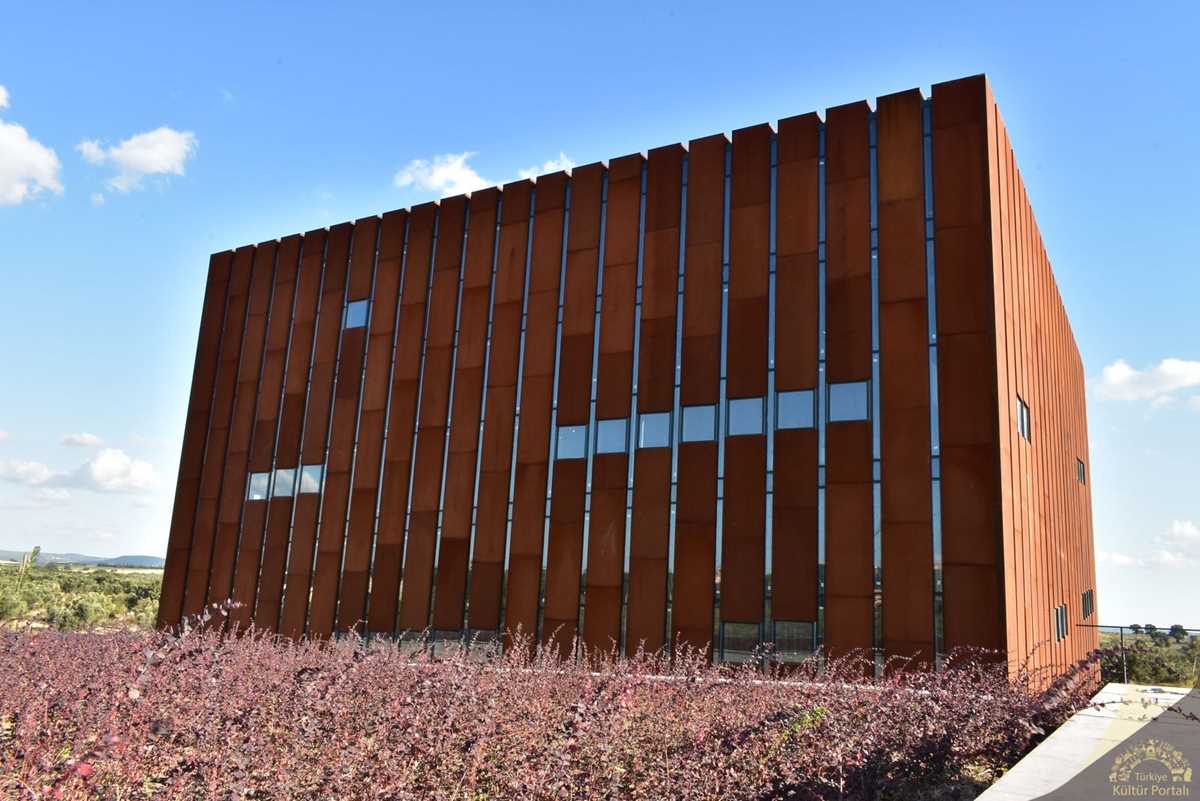
“Troy’s stones, Homer’s verses, and Vuslat’s art share a timeless memory—one that defies oblivion. Emanet is more than preservation; it is a responsibility, a living legacy we must carry forward. Just as Troy endures through cycles of war, peace, and rebirth, this exhibition reminds us that we are all custodians of history and culture,” says Rıdvan Gölcük, Director of the Archaeological Excavations of Troy
At its core, Emanet/Troy presents sculptural and installation works that create a layered dialogue with the site. Ceramic sculptures, appearing as birds in flight from certain angles, evoke movement and fragility.
Suspended botanical forms encased in silver baths suggest an alchemical transformation of nature. Large sanguine chalk drawings—made using natural pigments from Bayburt, Turkey—anchor the exhibition to the land, while a chain-like sculpture symbolises the interwoven nature of personal and ancestral histories. Kinetic mesh works subtly mimic organic growth, integrating contemporary art into the museum’s archaeological environment.
The exhibition unfolds across five conceptual layers: the artwork itself, the history it engages with, the natural world it references, the storytelling traditions of The Iliad, and the voices—both human and non-human—that have carried its legacy through time. Rooted in Vuslat’s artistic vision and material exploration, every work in Emanet/Troy emerges from her hands-on creative process and her deeply personal practice.
Curator Paolo Colombo describes Vuslat’s artistic practice as deeply intertwined with nature and generosity. “Nature is ever-present in her
work, from terracotta sculptures to delicate branches that mirror the intricate patterns of plant life. Her art embodies generosity—an act of giving, receiving, and protecting, creating an endless flow of energy. Her large sanguine chalk drawings of birds capture this essence, their pigments drawn from the earth, their wings spanning canvas and sky. When she introduced me to The Conference of the Birds, I recalled my visit to Troy, where seven hoopoes perched on its ancient walls. In that moment, her work and the mythology of birds became inseparable—a dialogue between history, storytelling, and the miracle of flight.
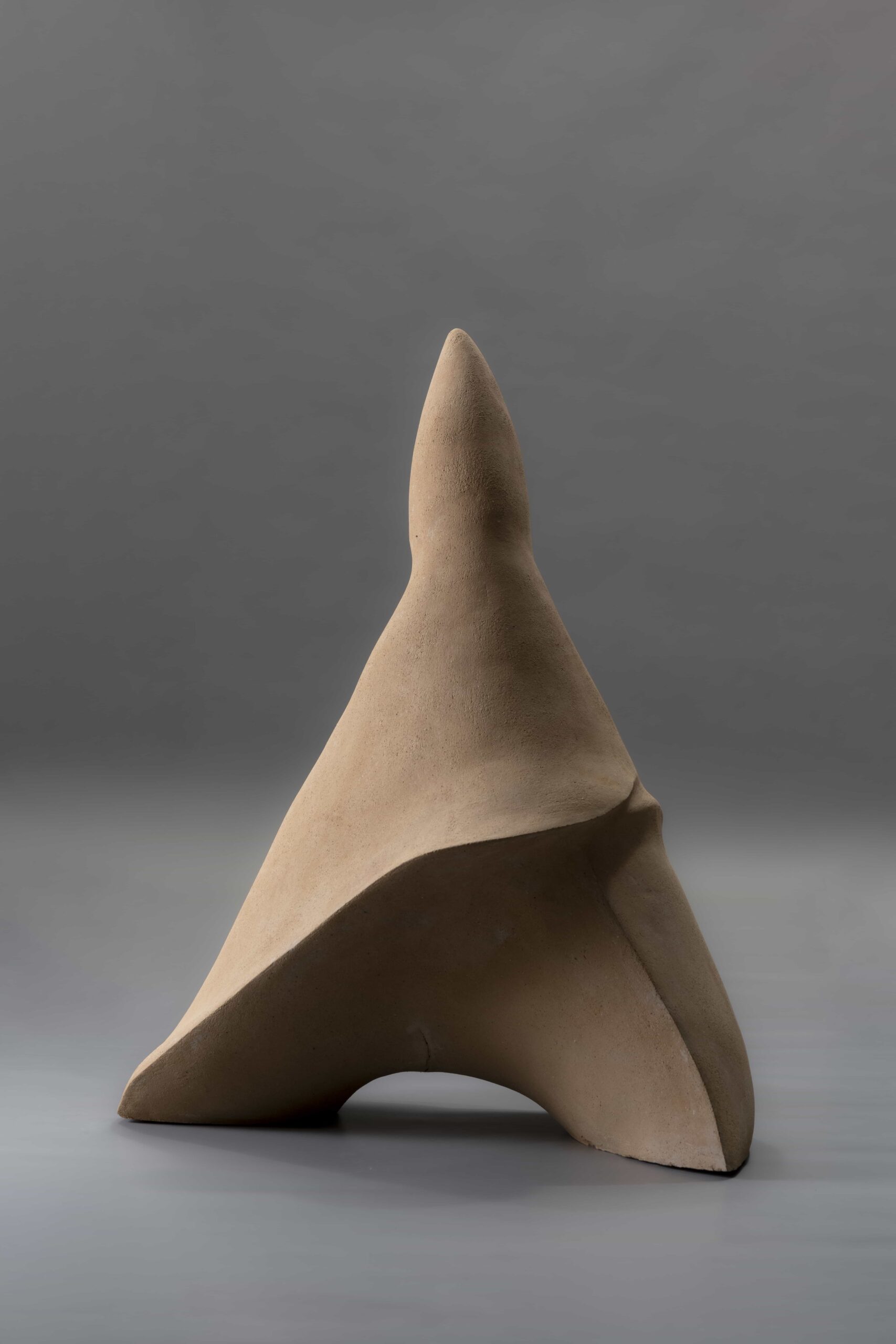
Sound elements play a key role, weaving oral history and mythology into the exhibition. From within two large ceramic vessels, an Anatolian folk tale—told in the voice of the artist—echoes through the space, reflecting on the oral traditions that have kept Troy’s memory alive for centuries.
Rooted in The Iliad, the exhibition examines the transmission of history, the balance between war and peace, and nature’s role as both guardian and witness to human civilization. As nature safeguarded the ruins of Troy for millennia, so too does art serve as a vessel for memory and continuity. Through emanet, the exhibition asks: What histories do we inherit? What responsibilities do we bear in preserving them?
About
- Vuslat is a multidisciplinary artist whose practice spans sculpture, ceramics, drawing, storytelling and installations. Her work explores themes of trust, interconnectedness, and memory, drawing inspiration from mythology, nature, and philosophy. She has been engaged in artistic practice for many years, presenting her first solo exhibition, Silence, at Pi Artworks, London, in 2022, followed by Emanet at Baksı Museum in 2023 and MSGSU Tophane-i Amire in 2024. In 2025, her second institutional solo show will take place at the Troy Museum in Çanakkale. She is currently pursuing a Master of Fine Arts at Otis College of Art and Design in Los Angeles.
- Paolo Colombo is an artist, poet, and curator. He has held key positions at leading institutions, including Director of the Centre d’Art Contemporain in Geneva and Curator at MAXXI in Rome. He curated the 6th Istanbul Biennale and the Iraqi Pavilion at the Venice Biennale (2017, 2019). His curatorial work is known for its poetic approach, creating connections between contemporary art and historical narratives.
- Rıdvan Gölcük has been Director of the Troy Museum since 2019. With a background in art history and archaeology, he has led innovative museum programming and played a key role in earning the museum international recognition, including the European Museum of the Year Special Commendation Award in 2021. Rıdvan Gölcük has been Director of the Troy Museum since 2019. With a background in art history and archaeology, he has led innovative museum programming and played a key role in earning the museum international recognition, including the European Museum of the Year Special Commendation Award in 2021.
- Prof. Rüstem Aslan is the Director of the Archaeological Excavations of Troy and a faculty member at Çanakkale Onsekiz Mart University. A leading expert on Troy, he has been part of its excavations since 1988, contributing extensive research on its archaeology and mythology.
- Troy Museum opened in 2018 in Çanakkale, Turkey, near the UNESCO-listed site of Troy. Designed by architect Ömer Selçuk Baz, the museum spans 90,000 m², integrating contemporary architecture with its historical setting. Its collection includes artefacts from the Bronze Age, Hellenistic and Roman periods, and the Ottoman era, offering a comprehensive view of Troy’s enduring legacy.

